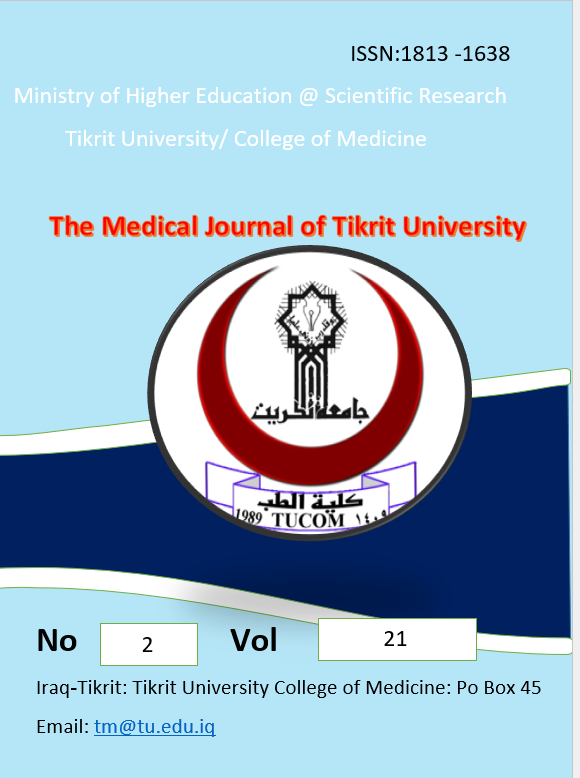Omission of Prophylactic Antibiotics in Elective Laparoscopic Cholecystectomy in Low Risk Patients
Keywords:
Laparoscopic cholecystectomy, surgical site infection, prophylactic antibioticsAbstract
Background: Despite elective laparoscopic cholecystectomy has a low risk for infectious complications, many surgeons' still use prophylactic antibiotics. Prophylactic antibiotics administration has been recommended by the centers for disease control and prevention and commonly used in clean- contaminated surgery such as cholecystectomy to reduce surgical site infections. In contrast, several meta-analyses have recently concluded that antibiotic prophylaxis is not necessary in patients undergoing laparoscopic cholecystectomy.
0bjectives
The goal of our study was to prove the safety of omission of prophylactic antibiotics regarding development of postoperative surgical site infection in patients undergoing laparoscopic cholecystectomy.
Patient and Methods: This is a cross sectional study of ninety four patients underwent laparoscopic cholecystectomy in Baquba teaching hospital during the period from February 2014 to October 2015. The patients were randomly placed into 2 groups: (group A) 47 patients received prophylactic cefotaxime 1g intravenously at the time of induction of anesthesia, and (group B) 47 patients were not given prophylactic antibiotics. Postoperatively the antibiotics were omitted in both groups. Exclusion criteria were patients older than 60 years; when antibiotics used 7 days before surgery; acute cholecystitis in the 4 -6 weeks before to the procedure; evidence of cholangitis and/or obstructive jaundice and biliary pancreatitis; regular corticosteroid therapy; pregnancy or lactation; previous biliary tract surgery or previous endoscopic retrograde cholangio pancreatography; American society of anesthesia higher than score II; diabetes mellitus; body mass index higher than 30; and conversion to open cholecystectomy. The development of surgical site infection postoperatively was investigated and compared in the two groups.
RESULTS
No significant differences were found between group A and B regarding gender, age, body weight, American society of anesthesia score, conversion to open surgery, duration of operation , number of intraoperative gallbladder perforations and spill of bile or stones, number of positive bile cultures, mean postoperative hospital stay, or number of infectious complications. Group A had 1 (2.17%) superficial SSIs in the epigastric port site. Group B had 2(4.44%) superficial SSIs in the epigastric port site (P>0.05). There was no significant association between intraoperative gallbladder rupture or positive bile culture and SSI. The rate of gallbladder rupture in groups A and B were (19.56%) and (13.33%) respectively (P>0.05).
CONCLUSION
Perforation of the gall bladder and possible positive bile culture do not increase SSI rates if the contaminated site was irrigated well. Antibiotic prophylaxis does not seem to affect the incidence of surgical site infection and is not necessary for elective Laparoscopic cholecystectomy in low-risk patients.





